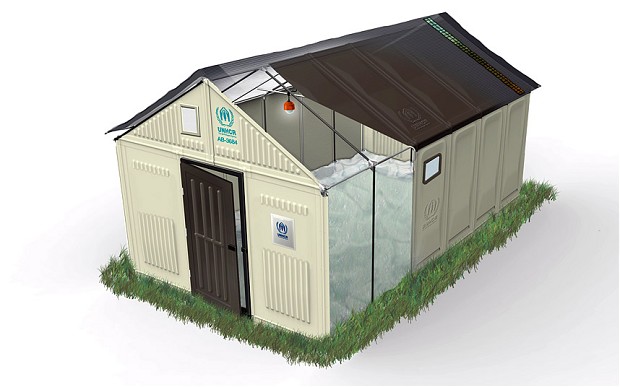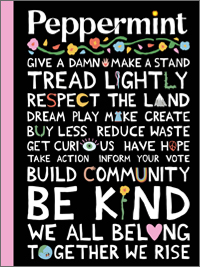
The Future of Flatpack
Flatpack: one little word that inspires anxiety and frustration in even the most experienced of allen-key wielders. But for some, the future of flatpacking promises far more than a new side table or sofa. In fact, it could mean a whole new home and a new chance at life. Swedish furniture giant and uncontested king of the flatpack Ikea has recently teamed up with the UN Refugee Agency to develop an efficient, potentially revolutionary solution to the global issue of refugee housing. Ikea’s specially designed Refugee Housing Units promise to make temporary (or not so temporary) refugee accommodation more accessible, more durable and a whole lot more comfortable. With 10% of the world’s refugee population currently living in UNHCR emergency tents for an average of 12 years, any improvements can only be a blessing.
Currently, the typical UNHCR tent erected in conflict zones to provide shelter for displaced people has similarities with your average camping tent: canvas, ropes, poles. While easy to transport and quick to erect, UNHCR tents have an average lifespan of only six months in harsh weather conditions – far shorter than the period most families will call their tent home. Ikea’s answer: lightweight, laminated panels delivered by way of their easy-to-move flatpack system. When on site, the panels clip onto a simple house frame which includes a door, pitched roof and windows. Providing superior UV protection and thermal insulation, the housing units even include solar panels to provide power. Still in the prototype stage, around 50 trial tents have already been erected in Ethiopia with promising results. The new structures can accommodate up to five people comfortably, reducing fragmentation of families, and the more structurally sound tents also carry the opportunity to be upgraded – adding mud walls or a corrugated roof – for those requiring long-term shelter.



